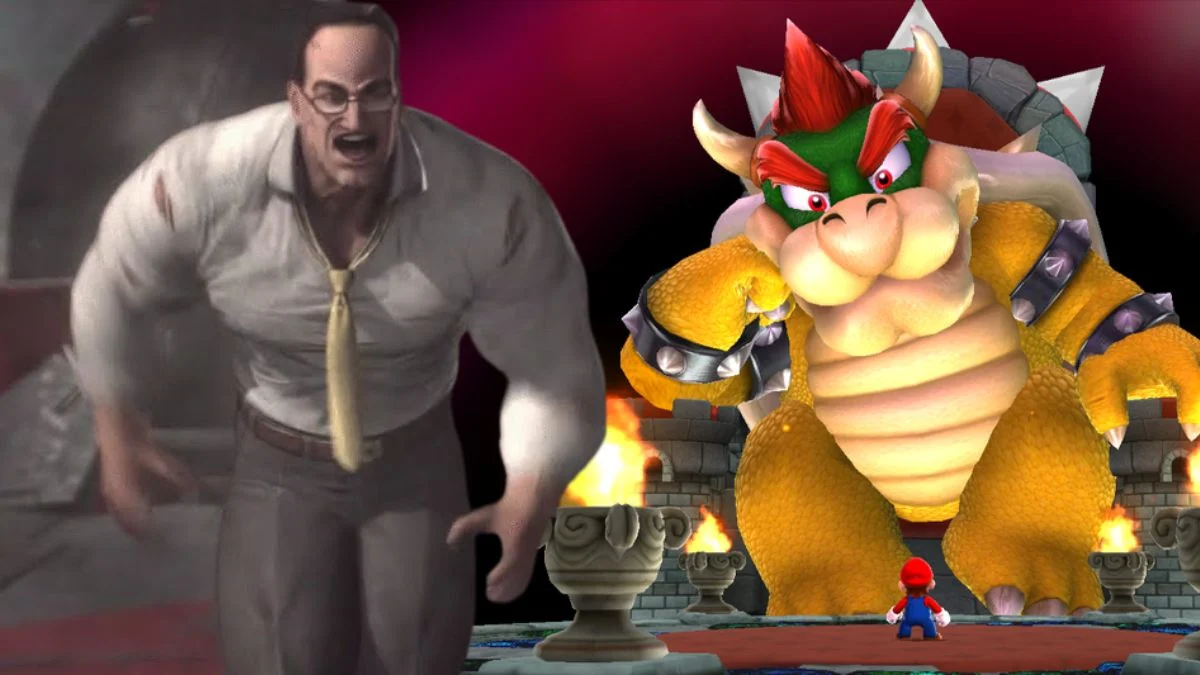
Some boss battles are unforgettable because they completely surprise you. They might do something totally unexpected, like talk to you through the game, ignore the usual rules, or suddenly shift the story into something bizarre and dreamlike. These are the fights that made players pause, confused, then smile when they finally understood how to win.
This section details what makes each battle unique and where it happens in the game, helping you easily find memorable fights again. We’ll also mention the game’s developer, as their design choices are what create these exciting and unpredictable battles.
Psycho Mantis
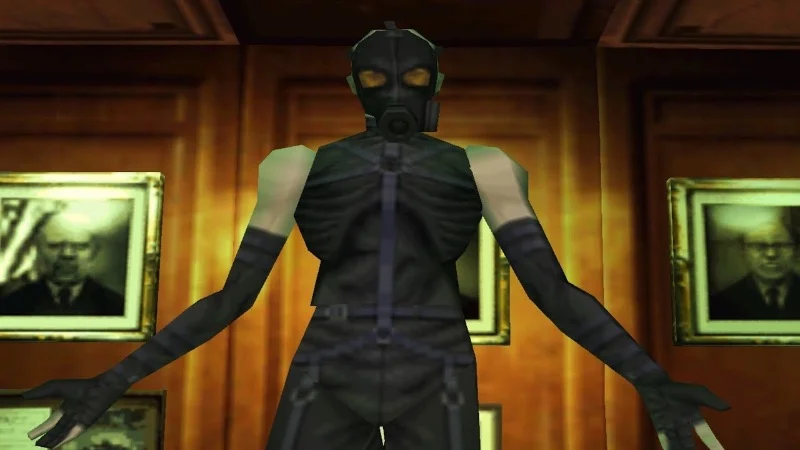
The battle against Psycho Mantis in ‘Metal Gear Solid’ is famous for its unusual challenge: players have to disconnect their controller and plug it into a different port to disrupt the boss’s mind-reading abilities. The game also cleverly checks for save files from other Konami titles and uses the controller’s vibration to create the illusion that Mantis is moving it with his mind, effectively making the PlayStation itself a part of the game’s story.
This game’s unique battle system was created by Konami using clever programming techniques that were rare for consoles back then. When the game was updated for newer systems, these unusual features were reimagined. The creepy way the game read save data was turned into in-game conversations, and the confusing control scheme was simplified by adding an option in the settings.
The Great Mighty Poo
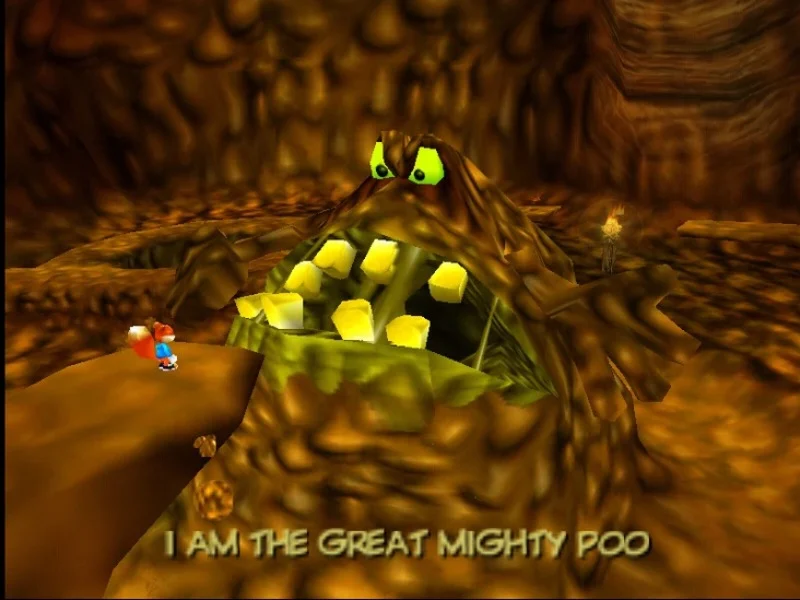
In ‘Conker’s Bad Fur Day’, you fight a huge, singing monster made of dung! He throws… well, waste, at you, and you have to defend yourself with toilet paper. The goal is to survive his performance long enough to reach a giant flush handle and end the show.
Rare designed the battles to flow with the music, using the rhythm and timing of the song to signal when attacks would happen. They also cleverly linked the final attack to moments in the music, making it hit perfectly with the song’s climax for a more impactful effect.
Senator Armstrong
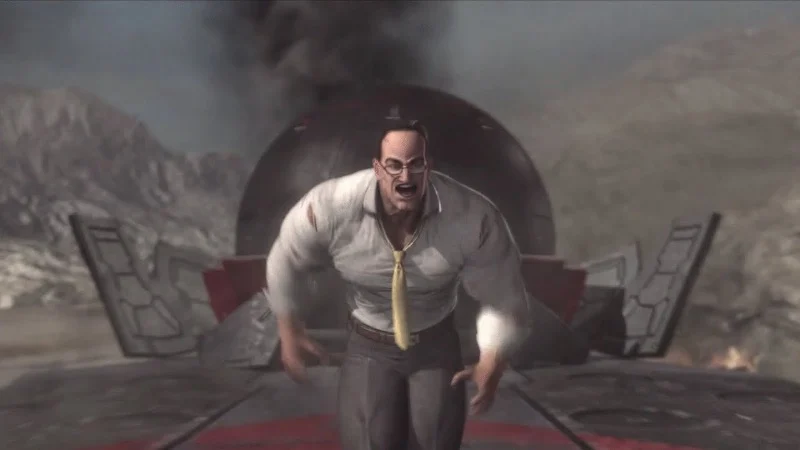
The last fight in ‘Metal Gear Rising: Revengeance’ pits Raiden against Armstrong, who boosts his power with nanomachines. The battle is a fast-paced mix of swordplay and precise blocking. It unfolds in stages, teaching players to perfectly time their defenses to create openings for powerful counterattacks that significantly damage Armstrong’s health.
As a fan, I really appreciate how PlatinumGames designed the fights. It’s not just about button-mashing; you actually have to *learn* your enemy’s moves and time your parries. And what’s really cool is how they blend the action with the story – it’s all seamless. They don’t just throw cutscenes at you; you’re constantly involved, reacting to things, and you never really lose control of the character, which is amazing!
Photoshop Flowey
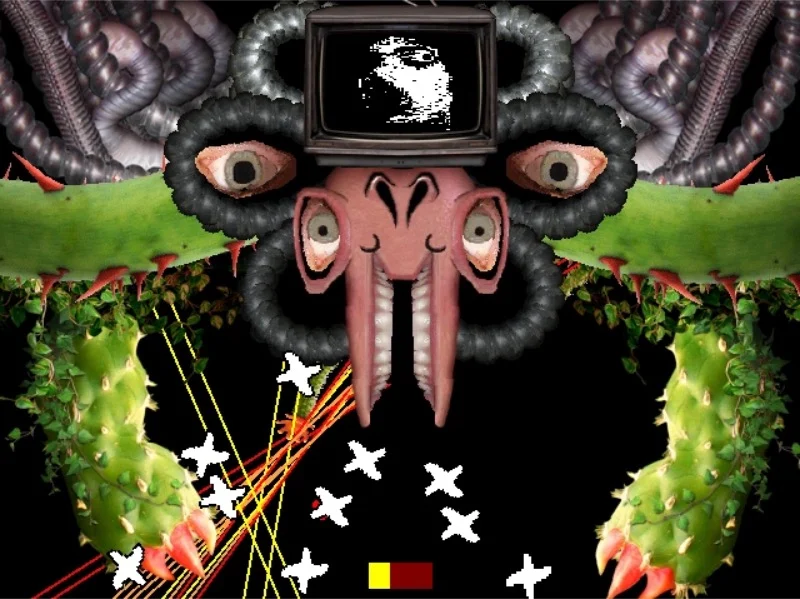
In ‘Undertale’s’ neutral ending, Flowey transforms into a massive, screen-filling monster and launches attacks that span the entire game window. He also messes with your save files, creating the illusion of repeatedly resetting the game and loading moments from earlier in the battle. This culminates in a fast-paced, chaotic barrage of attacks that constantly shift and evolve.
Toby Fox designed the battle in a unique way, allowing it to use save and load functions as strategic tools for both the player and the enemy. He also pushed the visual limits by making the sprites larger than the standard battle screen, creating a sense that the fight extends beyond the game’s interface.
Wyzen’s Second Form

In the game ‘Asura’s Wrath’, the god Wyzen becomes unbelievably huge, towering over entire continents, while Asura relentlessly attacks him with quick button presses. The camera zooms out to show the whole planet, then challenges you to stop a finger the size of a country with one powerful blow.
As a huge fan, I was blown away by how CyberConnect2 designed this episode! It felt exactly like the climax of an anime – every move I made felt perfectly timed to the beat. And the way they handled the action – keeping the button presses simple but the visuals incredible – meant the fight never slowed down. It was so well-paced, with the boss’s health and quick-time events hitting right at the chapter breaks, it honestly felt like *playing* an interactive scene straight out of my favorite shows!
Bad Girl

In ‘No More Heroes’, the boss uses a deceptive tactic: she pretends to cry, then immediately follows up with a devastating attack if you’re fooled. Before facing her directly, the arena fills with enemies launched from a machine, forcing you to deal with them while also keeping an eye out for her powerful, charging attacks.
Grasshopper Manufacture designed the initial interaction to discourage simply attacking by making you focus on subtle cues rather than relying on visually impressive moves. The practice sequence helps you learn the timing needed for the actual fight by turning crowd control into a rhythmic challenge.
Wheatley

The ending of ‘Portal 2’ requires you to use special gels to alter the environment, attach faulty cores to Wheatley, and then create a portal on the moon to release the pressure in the chamber. The final challenge moves beyond typical puzzle-solving and culminates in one smart, decisive action that resolves the conflict.
Valve crafted the puzzle’s solution to be hinted at throughout the game, making it feel rewarding when discovered instead of arbitrary. They also cleverly integrate the characters’ personalities as timed challenges that break up the main gameplay, turning key story moments into necessary steps to complete the game.
Baby Bowser’s Giant Form

In ‘Super Mario World 2: Yoshi’s Island,’ Baby Bowser gets really big and comes rushing towards you from far away. The tricky part is throwing eggs accurately, because you have to judge distances and time your throws as he gets closer.
The developers at Nintendo used clever visual techniques on the Super NES to create the illusion of depth, and the boss battle uses this to challenge players to aim accurately while under time pressure. Success depends on bouncing your attacks off surfaces, so you need to carefully plan each throw and your position beforehand.
Zinyak
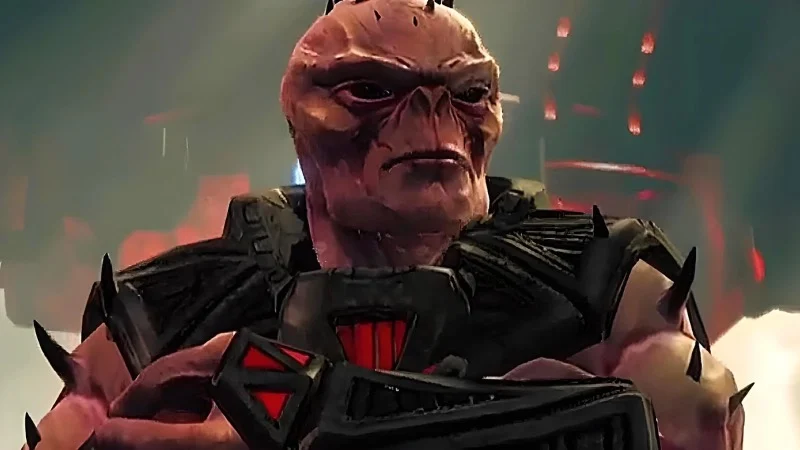
The battle with Zinyak in ‘Saints Row IV’ unexpectedly throws you into an old-school text adventure, where you fight by typing commands. Once that section is over, the game changes again for a final sequence that wraps up the story about the simulation.
As a fan, I always thought the way Volition handled the game’s mechanics was brilliant. Because the game takes place in a virtual world, it felt natural for things to change up – and that’s how they explained the parser! It’s a really clever system because even if you’ve never played an old-school text adventure, the game teaches you what to do using actions you already understand. It’s a fun twist that actually works, even for newcomers!
Joker Titan

The fight with the Joker on the rooftop in ‘Batman: Arkham Asylum’ involves him using a special Titan formula, but you’ll mostly face off against groups of thugs armed with stun batons. You win by luring the Joker into traps in the environment, managing the crowd with well-timed counters, and taking advantage of short opportunities to attack him.
Rocksteady designed the fight to emphasize skillful movement and positioning instead of just a brawl. They made your success depend on using Batman’s gadgets – specifically, the grapnel gun and explosive gel – making them essential for winning.
I’m always up for talking about boss fights that were a total mess! If you’ve got a favorite one that really went wrong, please share it in the comments – I’d love to hear about it and see if it matches any of my own frustrating experiences!
Read More
- DOGE PREDICTION. DOGE cryptocurrency
- TON PREDICTION. TON cryptocurrency
- EQT Earnings: Strong Production
- The Dividend Maze: VYM and HDV in a Labyrinth of Yield and Diversification
- Leveraged ETFs: A Dance of Risk and Reward Between TQQQ and SSO
- Calvin Harris Announces India Debut With 2 Shows Across Mumbai and Bangalore in November: How to Attend
- GLD vs. SLV: Which ETF Wins for Retail Investors?
- The Relentless Ascent of Broadcom Stock: Why It’s Not Too Late to Jump In
- Palantir Stock Soared 100% in 2025 to Hit a Record High in July. History Says This Will Happen Next.
- Gold Rate Forecast
2025-10-11 04:18